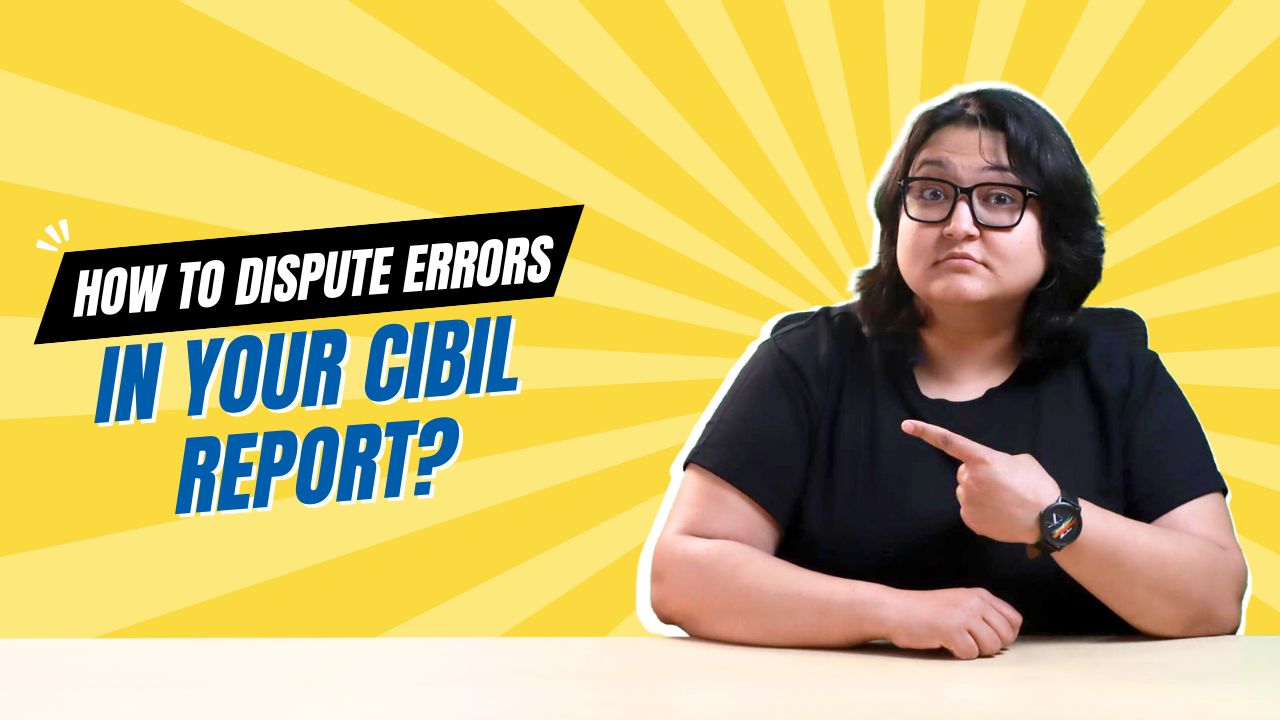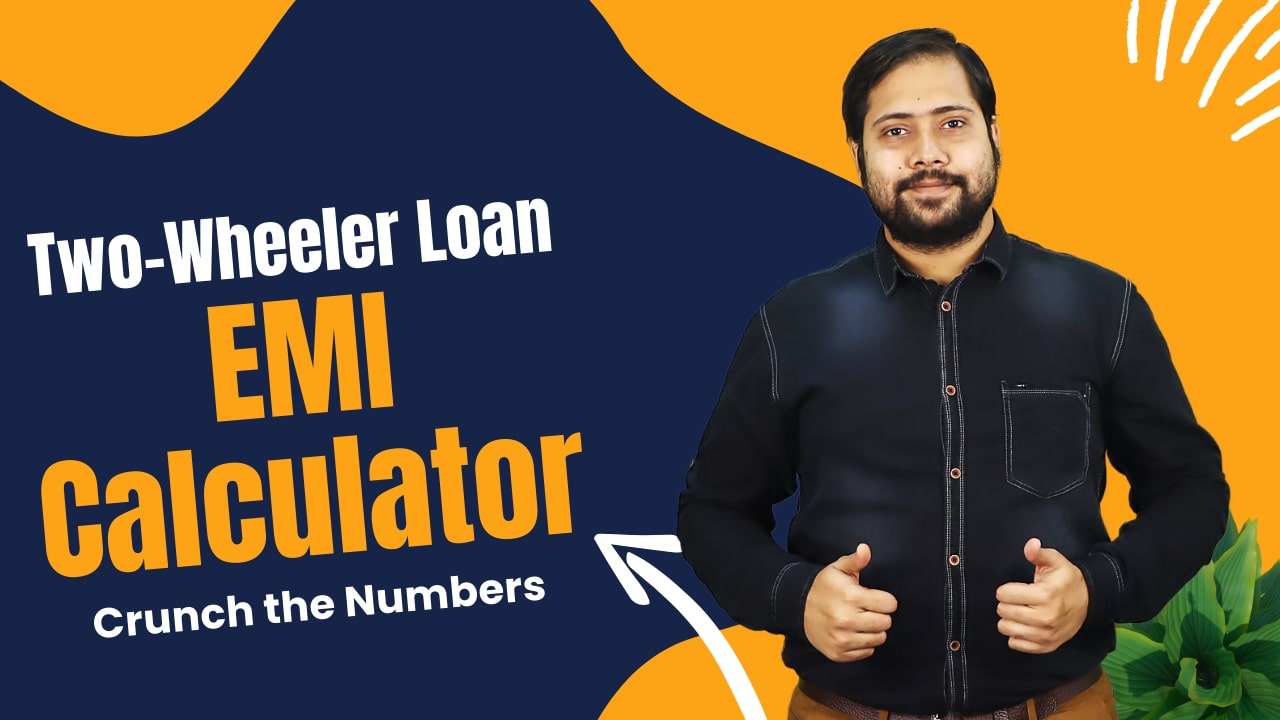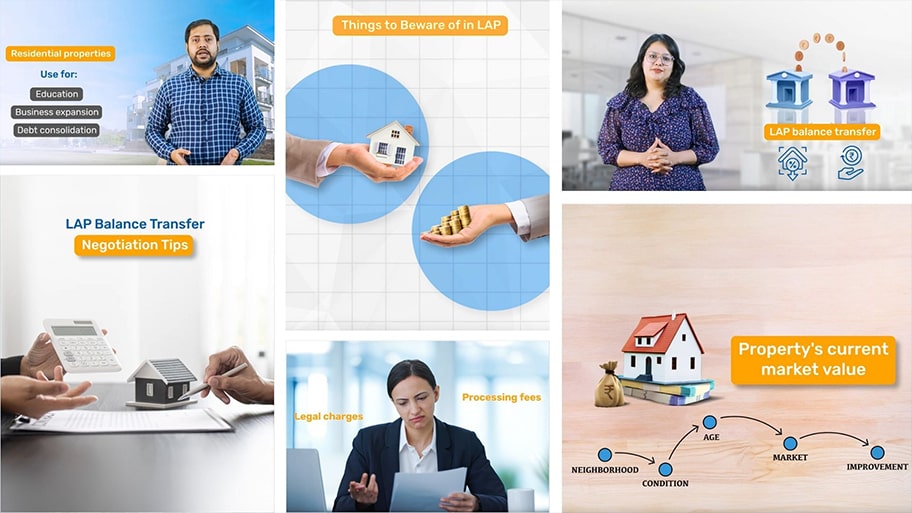Income Tax 101 Salaried
Episodes
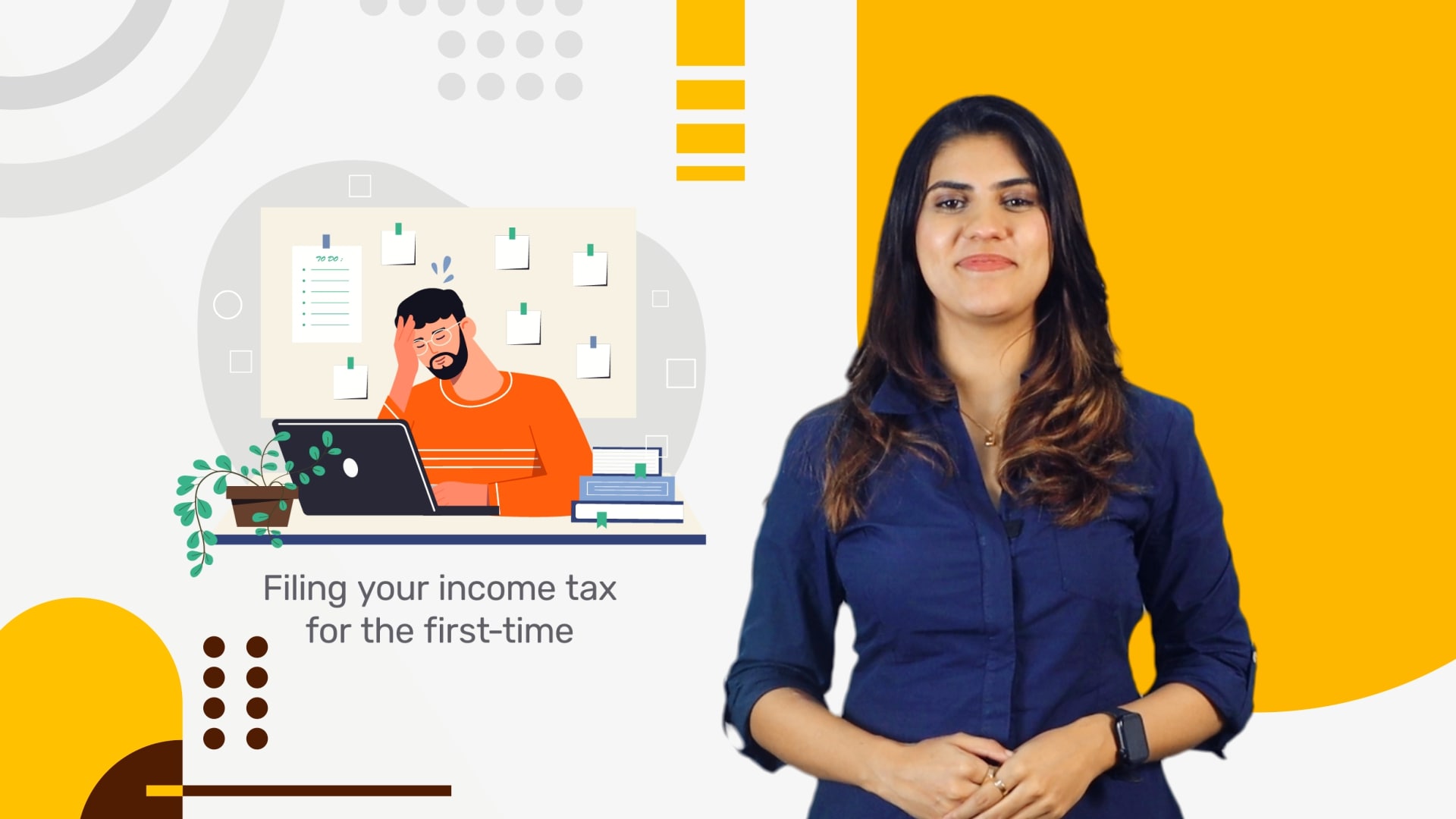
E01: Income Tax Terms for Beginners
03 mins
Filing your income tax for the first time? Don’t worry—it’s not as complicated as it seems! You could easily navigate the process with the right understanding of key terms. Let’s go over them. Your Gross Total Income includes your salary, capital gains, property income, business profits, and other sources like lottery winnings or investment earnings. Next, we’ll touch upon Deductions, which help lower your taxable income. These can be house rent allowance, health and life insurance, interest on education loans, and more. Finally, you will learn about your Net Taxable Income. This is what’s left after tallying the deductions from your gross total income. In this video, we’ll also talk about what’s known as the Previous Year and the Assessment Year. For example, if you’re filing taxes in FY2023-24, that is the assessment year, while the previous year is FY2022-23. Next, you’ll learn about TDS (Tax Deducted at Source) and how it applies to certain payments, such as salary or bank interest. Finally, we will discuss your Income Tax Return (ITR) and how you could report your income and taxes with the help of Form 16. Now that you know these tax terms, you might be able to file your ITR without breaking a sweat!

E02: Old and New Tax Regime: A Comparison
03 mins
Deciding between the New and Old Tax Regimes might be tricky for salaried employees. Don’t worry, this video could help you simplify that decision by comparing their benefits and differences. First, we’ll discuss the Old Tax Regime. Here, you can claim deductions like HRA, LTA, etc., under Section 80C of the Income Tax Act, 1961. The tax exemption limit here varies by age. It is ₹2.5 Lakhs for those aged under 60, ₹3 Lakhs for senior citizens (60-80 years), and ₹5 Lakhs for super senior citizens (above 80). You’ll also learn that if you choose the New Tax Regime, you will benefit from a tax exemption limit. This is applicable for all age groups, on income up to ₹3 Lakhs. Next, we’ll discuss the tax rebate applicable in each regime. There’s a tax rebate of up to ₹5 Lakhs in the old regime, while this limit is ₹7 Lakhs in the new regime. But remember, you cannot opt for tax deductions under Section 80 in the new regime. Finally, we try to answer the question – how to choose? Though the New Regime is now the default, the Old Regime is still an option. You can choose between them based on your taxable income and investments.

E03: Income Tax Slabs 2023-24
03 mins
In this video, we’ll explore income tax slabs under both the Old and New Regimes. These could help determine how much tax you might owe based on your income. First, we’ll look at the Old Tax Regime. Here, you won't have to pay tax for income up to ₹2.5 Lakhs if you are a non-senior citizen. For senior and super senior citizens, this exemption is ₹3 Lakhs and ₹5 Lakhs, respectively. After that, the rates are the same for citizens of all ages. Next, you’ll learn about the tax slabs applicable. They start at 5% for income between ₹2.5 Lakhs and ₹5 Lakhs. Thereafter, the tax brackets are 20% (between ₹5 Lakhs and ₹10 Lakhs) and 30% (above ₹10 Lakhs). Similarly, we’ll cover the New Tax Regime. Here, you won’t have to pay tax for income up to ₹3 Lakhs, regardless of your age. After that, the applicable tax rates are 5%, 10%, 15%, and 20%. In this video, you’ll also learn about the applicable income brackets. These are ₹3 Lakhs to ₹6 Lakhs, ₹6 Lakhs to ₹9 Lakhs, ₹9 Lakhs to ₹12 Lakhs, and ₹12 Lakhs to ₹15 Lakhs, and above ₹15 Lakhs. With this summative idea of the tax slabs, you could be better prepared to plan your tax filing.
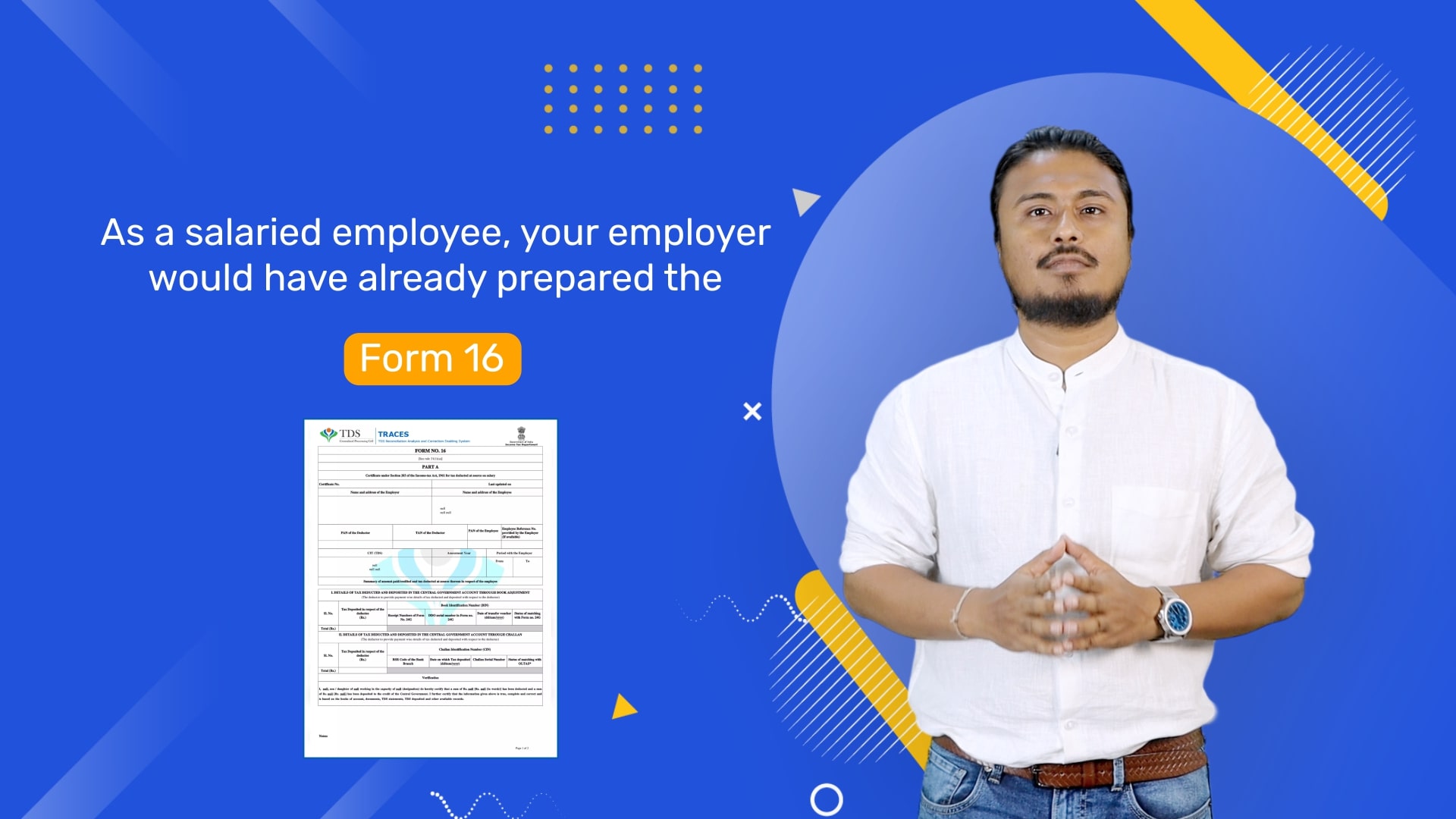
E04: Declarations While Filing Income Tax
03 mins
When filing your taxes as a salaried employee, there are several key components to declare. Let’s walk you through them. First, we’ll talk about the components of your salary that you need to disclose. These include your basic pay, allowances, bonuses, and any other perks. Next, you’ll learn all about declaring your investments. These cover your investments in ULIPs, PPF, NSC, etc., that you can claim deductions under Section 80C. Don’t forget, NPS contributions are also eligible for tax benefits under Section 80CCD. After that, we come to other deductions like healthcare expenses. For example, premiums paid for health insurance can be deducted under Section 80D. Next up, the video will take you through deductions that you can claim for your housing costs. There are exemptions on House Rent Allowance under Section 10(13A) and home loan repayments under Sections 80C, 80EE, and 24(b). Ready to learn more? Then let’s venture into perks like Leave Travel Allowance (LTA). If your employer offers LTA, you can claim tax benefits on travel expenses for you and your family. Moreover, your donations to registered charities can also be eligible for deductions under Section 80G. Lastly, we’ll also discuss important documents to keep handy for a smooth tax filing experience.

E05: ITR 1 vs ITR 2 Which One Do You Have to File
04 mins
Welcome to another video on tax-filing insights! As a salaried individual, you might face the question—should you file ITR-1 or ITR-2? Let’s try and find an answer! First, let’s discuss ITR-1, usually suitable for salaried individuals with straightforward income sources. ITR-1, also called the Sahaj form, is for individuals whose annual income is below ₹50 Lakhs. We'll also discuss the income types included here. These include salary or pension, rent from one property, other sources like interest, etc. Next, you’ll understand that if your finances are more complex, you may need ITR-2. This form can be ideal for individuals and Hindu Undivided Families (HUFs) with more diverse income streams or an income exceeding ₹50 Lakhs. ITR-2 allows you to report income from multiple properties, capital gains, agricultural income over ₹5,000, etc. Then, the video will also explore other earnings that come under ITR-2. These include profit from lottery, gambling, as well as income for company directors. Finally, you’ll go through other cases requiring ITR-2, such as NRIs filing income from India, foreign payments, or income sources outside India. Hence, it’s crucial to choose the right form based on your income structure. This could help you enjoy a smooth tax filing process.
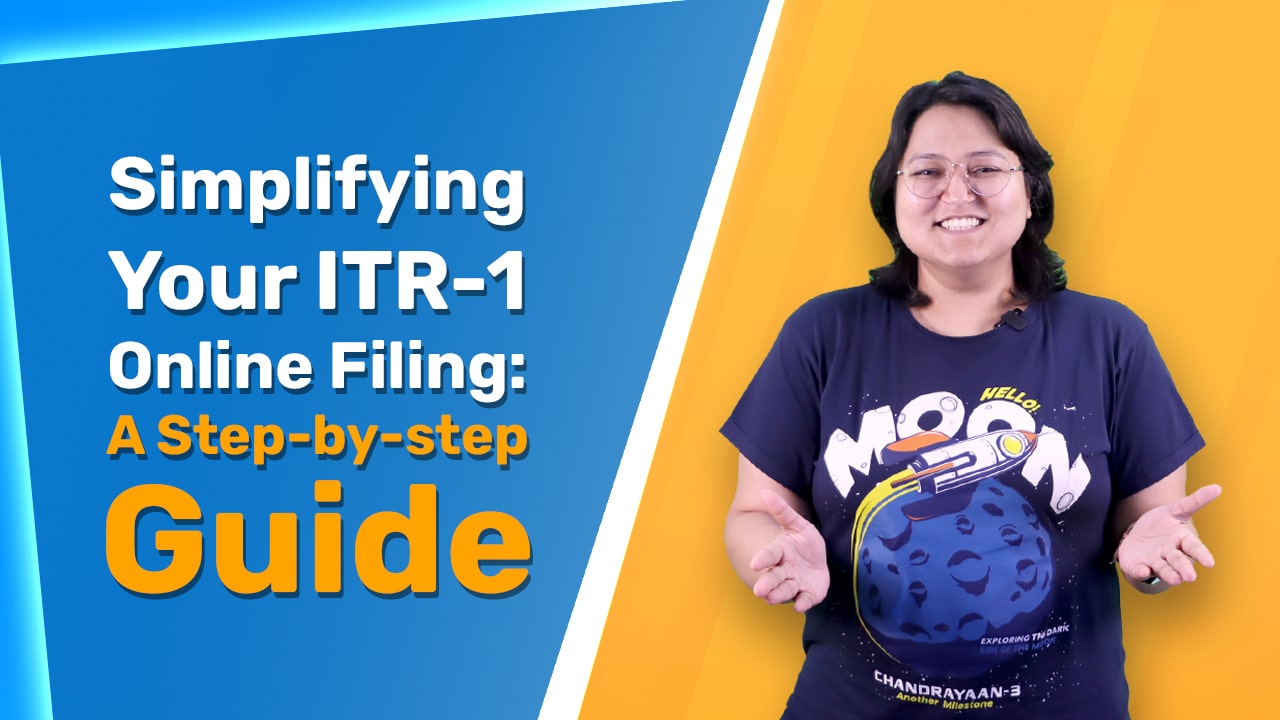
E06: Simplifying Your ITR 1 Online Filing A Step by step Guide
06 mins
Searching for a CA to file your taxes? What if you could handle your ITR filing yourself? This video gives you a walk-through to help you file on your own! First, we’ll discuss how to start the process. Log into the e-filing portal at ‘www.incometax.gov.in,’ select ‘E-file,’ ‘Income Tax Returns,’ and ‘File Income Tax Return Now.’ Choose the right ITR form or use the ‘Help me decide’ option. Next, the video explains how to update your personal, employment, and tax filing details. Choose Section 139(1) if filing before the due date and decide if you’ll continue with the new tax regime. We’ll also see how to declare your pre-validated bank account for refunds. Then, you’ll learn how to verify your income sources and add any exempt income, like agricultural income. After that, the video will cover total deductions and tax payments, like TDS on salary. Check your tax liability, and if no further tax is due, proceed to preview your return. Finally, you’ll understand how to submit and e-verify your ITR by following the on-screen steps. You’ll receive a success message along with your transaction ID and acknowledgement number. With that, you’ll know that you have filed your ITR successfully!
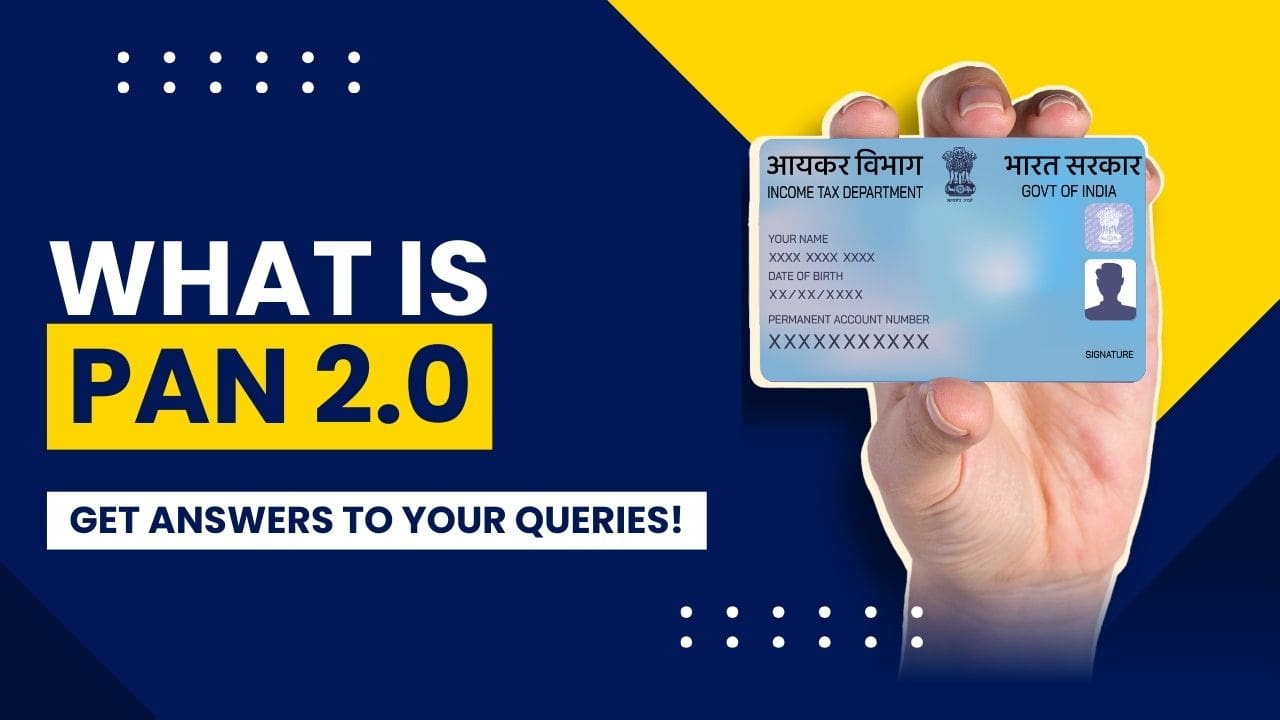
E07: What is PAN 2.0 Get Answers to Your Queries
03 mins
Curious about PAN 2.0 and how it will impact you? This video can answer all your questions! First, you'll discover that PAN 2.0 is an advanced e-Governance project by the Income Tax Department, aimed at simplifying taxpayer services through updated technology. You can breathe easy, knowing that your existing PAN card remains valid. There’s no need for a new PAN unless you want to update details or make corrections. Next, the video explains how various PAN-related services will be centralised on a single digital platform under PAN 2.0. Aadhaar linking, PAN allotment, online corrections, etc., all will be accessible at one place. You’ll also find out that e-PAN delivery will be free. However, physical card delivery will cost ₹50 within India and ₹15 plus postal fees for international addresses. Then, we’ll explain the upgraded features in PAN 2.0. New PAN cards will include enhanced QR codes for instant verification of details like your name, photo, and signature. Remember that existing PAN cards without QR codes will remain valid. The dynamic QR code in PAN 2.0 will offer real-time updates linked to the PAN database. Hence, the video explores how PAN 2.0 can be a smarter and more convenient upgrade to make services faster and user-friendly.

E08: New Income Tax Bill 2025 Explained What s Changed and What s the Same
03 mins
India’s tax system might be set for a major transformation with the New Income Tax Bill 2025. In this video, we’ll take you through the key highlights of the bill, which aim to simplify, modernise, and streamline tax laws. We’ll explore how the introduction of a unified “Tax Year” is said to replace terms like “Assessment Year” and “Previous Year,”. We’ll also look at how salary-related deductions like standard deductions, gratuity, pension, etc. might now be consolidated under Section 19 for easier access. We’ll see how the presumptive tax scheme limits are to be increased for businesses and professionals, reducing compliance burdens. We’ll also break down the expanded definition of Virtual Digital Assets, bringing cryptocurrencies and NFTs into the tax framework. Additionally, we’ll explore how TDS provisions might be restructured under Section 393, making compliance simpler. While some things are changing, tax slabs, standard deductions, ITR deadlines, key exemptions, etc. remain the same. With the bill under parliamentary review, we’ll keep you posted on what happens next!
What to Watch Next
All



